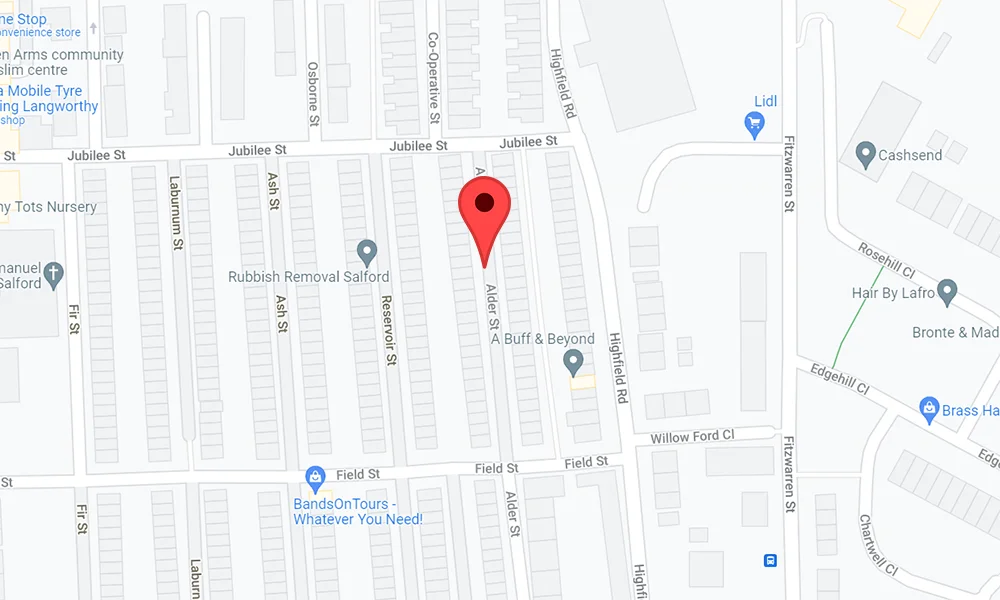Weight Loss Programs
Multidisciplinary weight loss programs addressing nutrition, physical activity, and behavior are available. Most of the programs are delivered in a single country or are regionally rolled out, e.g., by health insurances, health care providers, or companies. The largest global weight loss program is WW (formerly Weight Watchers). An international study has shown that the WW program resulted in a moderate weight loss at 12 and 24 months. Mean weight change at 12 months assessment was 6.65 kg (completers-analysis) and mean weight loss after 2 years was 4.76 kg. Furthermore, Johnston et al. have shown that persons using all provided intervention tools (weekly meetings, WW mobile application, and WW online tools) lose more weight than persons who selected not all three ways to access the treatment. Another well-known program is OPTIFAST, which also provides scientific evidence for efficacy after 12 months. The 12 months OPTIFAST concept includes a total dietary replacement for three months followed by lifestyle recommendations and professional group sessions for further nine months. Comparing the effectiveness of the OPTIFAST program with a food-based dietary plan resulted in 10.5% versus 5.5% weight loss at 52 weeks.
Self-monitoring of diet and physical activity
Self-monitoring of diet and physical activity provides an effective behavior change technique for weight management and is a core component of behavioral obesity treatment. It has been demonstrated that dietary self-monitoring itself and the frequency of self-monitoring is linked to weight loss. Furthermore, self-monitoring tends to positively impact weight loss when combined with other self-regulation techniques, such as goal setting and feedback. Engagement rates for self-monitoring diet were higher in digital than in paper-based self-monitoring.
Digital tools like online tools and applications (apps), tracking technologies, or even internet-based support have become attractive for teaching and supporting long-term behavior change techniques. Carter et al. examined in a RCT the acceptability and feasibility of a self-monitoring weight management intervention provided by a smartphone app compared to a website and paper diary. Results showed a mean weight change at 6 months of 4.6 kg in the smartphone app group, 2.9 kg in the paper diary group, and 1.3 kg in the website group and additionally, the app was highly appreciated in satisfaction and acceptability. Weight management apps may have positive effects on weight-related outcomes; although, the methodological quality of many studies is low. A meta-analysis by Villinger et al. with more than 6300 participants showed that app-based mobile interventions can be effective for changing nutrition behaviours and nutrition-related health outcomes. Digital tools like apps are a time- and cost-effective method for the collection of health-related data with the potential of wide distribution and scalability. Although many apps are available for weight loss, digital offerings for weight management rarely include evidence-based strategies for behaviour change.
All treatment approaches have to result in a negative energy balance.
Independent of the weight loss concept, weight loss failed without a negative energy balance. In general, weight loss studies often have methodological limitations (e.g., study design or duration), leading to results not being comparable, and they therefore should be interpreted with caution. With lifestyle changes, a moderate weight loss after one year is possible. Other approaches, such as bariatric surgery, lead to greater weight loss, but are proven only for specific target groups. More research, especially by long-term intervention studies, is needed to evaluate weight loss concepts and to obtain evidence based tailored recommendations.

